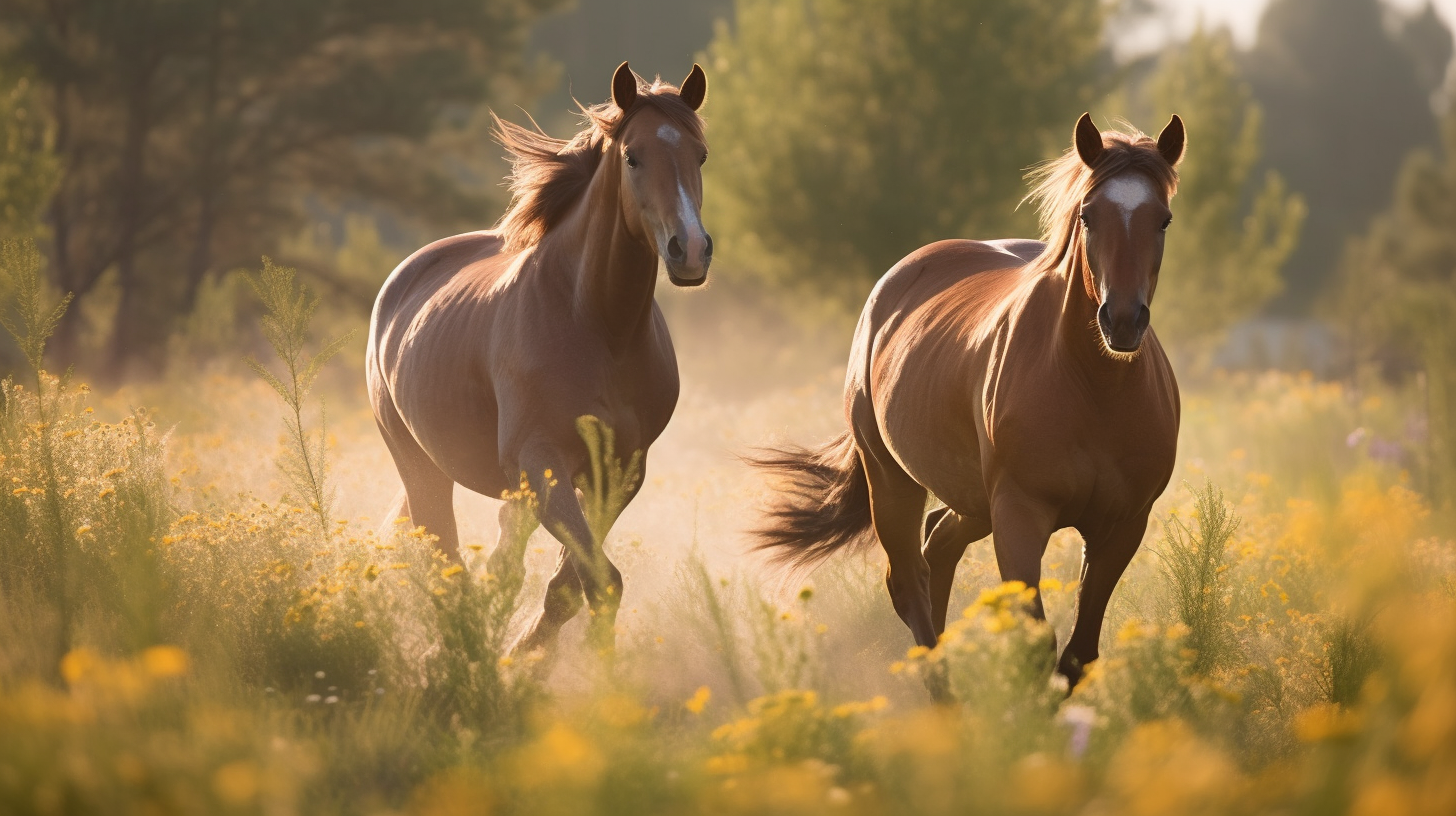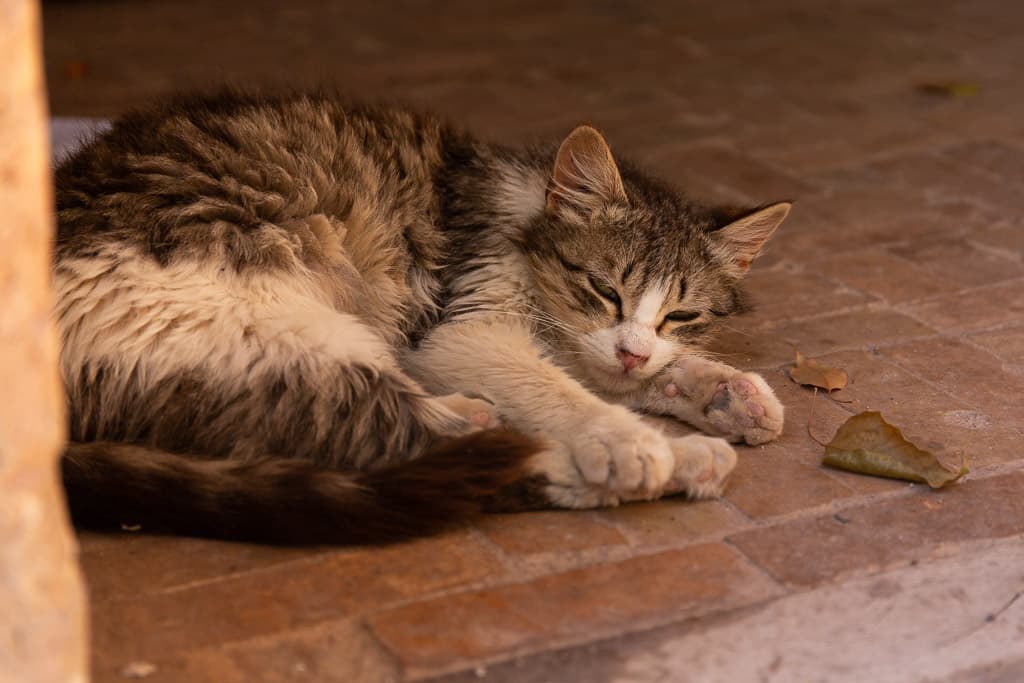Horses have captivated human imagination for centuries, embodying grace, power, and a deep connection to the natural world. Whether you're an equestrian enthusiast or just curious about these majestic creatures, questions about horses abound. From their behavior to their anatomy, there's much to learn. Let's delve into some of the most common questions asked about horses and provide insightful answers.
1. What are the different breeds of horses, and how do they differ?
Horses come in various breeds, each with its own unique characteristics and traits. Some popular breeds include the Arabian, known for its endurance and distinctive head shape; the Thoroughbred, prized for its speed and athleticism on the racetrack; and the Quarter Horse, celebrated for its versatility and strength in activities like rodeo and ranch work. Differences among breeds can include size, temperament, coat color, and specific abilities suited to different disciplines.
2. How do horses communicate with each other?
Horses are highly social animals with a complex system of communication. They use a combination of vocalizations, body language, and facial expressions to convey messages to one another. Common forms of communication include nickering (a soft, low sound often used to greet or locate other horses), neighing (a louder vocalization usually associated with excitement or distress), and various body postures such as ear position, tail movement, and facial expressions to express emotions and intentions.
3. What is the difference between a horse and a pony?
While both horses and ponies belong to the same species, Equus ferus caballus, they differ primarily in size. Horses are typically taller than 14.2 hands (58 inches) at the withers (the highest point of the back), while ponies are shorter than this. Additionally, ponies often have stockier builds, thicker manes and tails, and may exhibit a temperament that is sometimes described as hardy and strong-willed.
4. How do horses sleep?
Horses have a unique sleep pattern called "polyphasic sleep," which means they sleep for short periods multiple times throughout the day and night. They can doze off while standing up thanks to a system of ligaments and tendons called the stay apparatus, which allows them to lock their legs in place for stability. However, horses do require recumbent sleep (lying down) for deep rest, which they typically achieve for short intervals in a safe and comfortable environment.
5. What do horses eat, and how much do they need?
Horses are herbivores, primarily grazing on grass and hay. Their digestive system is designed for a high-fiber diet, and they require a constant supply of roughage to maintain digestive health. In addition to forage, horses may also be supplemented with grains, fruits, and vegetables depending on their nutritional needs and level of activity. The amount of food a horse requires can vary based on factors such as age, weight, metabolism, and workload, but a general guideline is to provide approximately 1.5% to 2% of their body weight in forage per day.
6. How long do horses live?
The lifespan of a horse can vary depending on factors such as breed, genetics, healthcare, and living conditions. On average, horses live between 25 to 30 years, although some individuals may live well into their 30s or even 40s with proper care. Factors that contribute to a horse's longevity include regular veterinary care, a balanced diet, appropriate exercise, and a safe and comfortable environment.
7. Can horses form bonds with humans?
Yes, horses are capable of forming strong bonds with humans and other animals. Through consistent interaction, positive reinforcement, and mutual trust, horses can develop deep emotional connections with their human caregivers or riders. These bonds are often built on a foundation of respect, communication, and understanding, and can lead to fulfilling partnerships in various equestrian activities such as riding, driving, and therapy work.
8. Are all horses the same color?
No, horses come in a wide range of colors and coat patterns, including bay, chestnut, black, gray, palomino, buckskin, roan, and pinto, among others. Coat color is determined by genetics and can vary not only within different breeds but also within individual populations. Additionally, horses may change color as they age, with some coats lightening or darkening over time.
9. Do horses need shoes?
While not all horses require shoes, many benefit from them depending on factors such as hoof health, conformation, and workload. Horseshoes are typically used to protect the hooves from excessive wear and provide additional traction, support, and stability on various surfaces. However, some horses, particularly those with strong, healthy hooves and minimal activity on hard or abrasive terrain, may do well without shoes and instead rely on regular hoof care and maintenance.
10. Can horses swim?
Yes, horses are capable swimmers and can navigate through water with relative ease. Many horses enjoy swimming as a form of exercise and recreation, and it can also be a valuable training tool for conditioning and rehabilitation. However, not all horses are naturally comfortable in the water, so proper introductions and training techniques should be employed to ensure a positive experience and minimize the risk of injury.
In conclusion, horses are fascinating and complex creatures with much to teach us about the natural world and ourselves. By exploring these common questions and answers, we can gain a deeper appreciation for these magnificent animals and the important roles they play in our lives and society. Whether as companions, athletes, or partners in work and leisure, horses continue to inspire and enrich our lives in countless ways.





